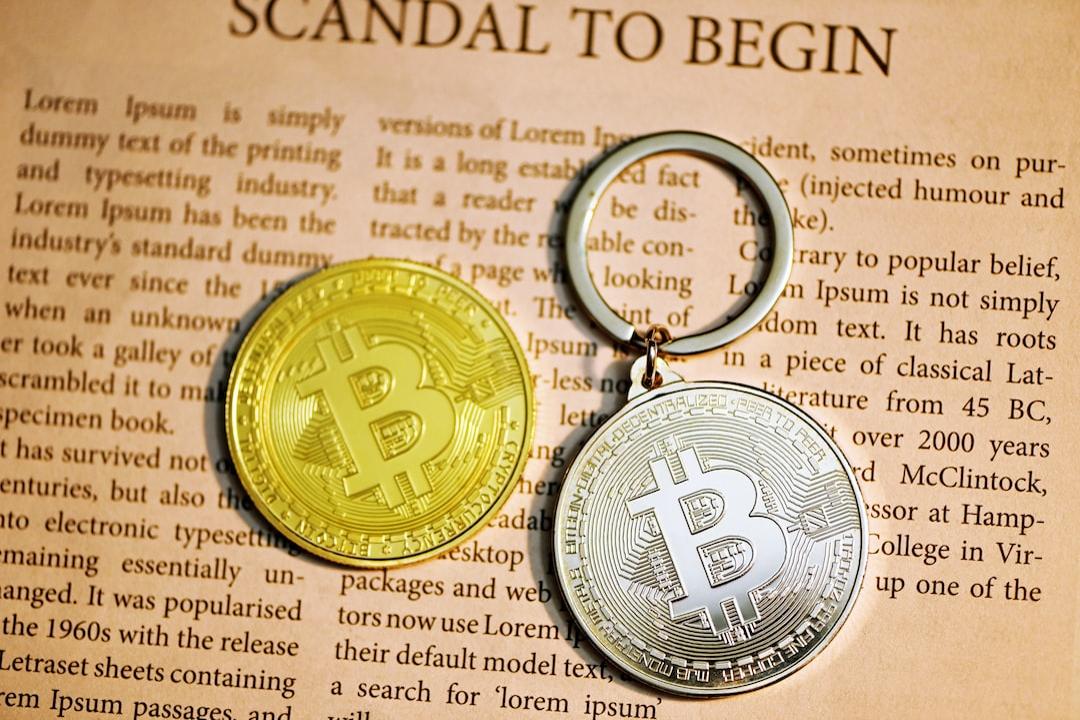Can Cardano, once touted as the future of blockchain technology, bounce back from its significant decline, or has ADA’s journey from promise to disillusionment signaled the end of its grand aspirations?
The Beginning of the Story
The inception of Cardano (
ADA
) was marked by ambitious goals. Developed by Charles Hoskinson, a co-founder of Ethereum (
ETH
), it aimed to address the scalability, sustainability, and interoperability challenges that plagued earlier blockchains like Bitcoin (
BTC
) and Ethereum. By utilizing a proof-of-stake (
PoS
) system known as
Ouroboros
, Cardano promised a more eco-friendly and secure
blockchain
.
Cardano achieved notable milestones along its journey. The Alonzo upgrade in September 2021 introduced
smart contracts
to the network, while the
Vasil hard fork
in 2022 aimed to enhance scalability. These advancements positioned Cardano as a potential heavyweight in the decentralized finance (
DeFi
) sector, with applications like non-fungible tokens (
NFTs
) and decentralized exchanges (
DEXs
) in its arsenal.
Despite these strides, Cardano has struggled to maintain its momentum. After reaching its peak price of $3.10 in September 2021, ADA’s current trading price of around $0.46 as of May 29 represents an 85% decline.
The Decline and Speculation
This decline has sparked speculation, including from popular crypto influencer Ben Armstrong, also known as BitBoy Crypto. Armstrong highlighted Cardano’s underperformance compared to other networks, noting the lack of recognition for projects on ADA among the general public.
Armstrong attributed this disparity to better price action and liquidity on other chains, drawing more usage and institutional money. He pointed out that Cardano’s liquidity is predominantly tied up in staking, making it less appealing to major investors.
In response to Armstrong’s remarks, Cardano founder Charles Hoskinson expressed disappointment but extended good wishes to Armstrong. The question remains: What led to this decline, and is Cardano truly on the brink of extinction?
The Current State of Cardano’s Ecosystem
To evaluate Cardano’s position, a comparison with its prominent competitors – Ethereum, Binance Smart Chain (
BNB
), and Solana (
SOL
) – over the last 30 days as of May 29 is necessary.
Dapp Development and Adoption
While Cardano’s decentralized application (
dApp
) ecosystem is expanding with 54 active dApps and 132 smart contracts, these numbers pale in comparison to Ethereum’s 4,589 dApps and over 177,000 smart contracts, as well as Binance Smart Chain’s 5,329 dApps and over 79,000 smart contracts. Solana also outpaces Cardano with 269 dApps and 1,820 smart contracts. The limited number of dApps and smart contracts on Cardano hampers its appeal to developers and users alike.
Cardano’s TVL and Market Cap Analysis
Cardano’s total value locked (
TVL
) currently stands at $255.57 million, significantly lower than Ethereum’s $65.255 billion, Binance Smart Chain’s $5.52 billion, and Solana’s $4.84 billion. Cardano’s TVL has experienced a sharp decline of around 50% in the last two months, indicating a loss of confidence among investors and users.
The market cap to TVL ratio for Cardano is at 62.45, substantially higher than Ethereum’s 6.95, BSC’s 16.63, and Solana’s 16.09. A high market cap to TVL ratio suggests that the market may be overvaluing Cardano relative to its actual DeFi usage.
User Engagement and NFT Activity
Cardano’s user activity, measured by unique active wallets (UAW), stands at 40,030, significantly lower than competitors like Solana, Binance Smart Chain, and Ethereum. The low NFT volume on Cardano indicates limited marketplace activity and user interest in NFT trading and creation on the platform.
Transaction Volume and Comparison
Cardano processed approximately 409,300 transactions, significantly fewer than Ethereum, Binance Smart Chain, and Solana. The dApp volume on Cardano is relatively small compared to its competitors, indicating fewer financial activities and interactions within its ecosystem.
Challenges Faced by Cardano
Cardano’s ecosystem faces several critical challenges that have hindered its progress compared to competitors. These challenges include development delays, inadequate marketing and community engagement, competition from robust ecosystems, and limited real-world use cases.
Public Sentiment and Expert Analysis
Public sentiment around Cardano on platforms like Reddit reflects a mix of optimism and frustration. While some remain hopeful about ongoing developments within the Cardano ecosystem, others express concerns about slow progress and lack of liquidity on decentralized exchanges.
Expert analysis indicates that nearly two-thirds of cryptocurrency projects have become inactive or ceased to exist, with Cardano ranking prominently among ecosystems with a high failure rate. Institutional confidence in Cardano has also taken a hit, as evidenced by Grayscale’s decision to remove ADA from its Digital Large Cap Fund.
The Road Ahead
While Cardano is facing significant challenges and trailing behind competitors, declaring it “dead” may be premature. The future of Cardano hinges on its community’s ability to spark a resurgence. Will Cardano rise to the occasion and redefine its path, or will it fade into obscurity as a project that couldn’t keep pace with the evolving landscape of blockchain technology? Only time will tell, but the narrative of Cardano is far from over.

